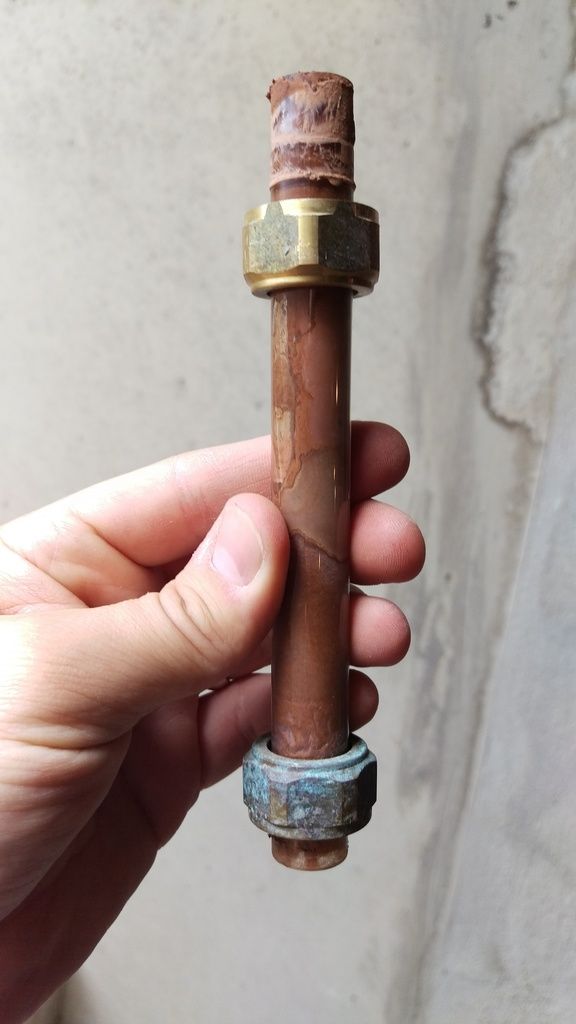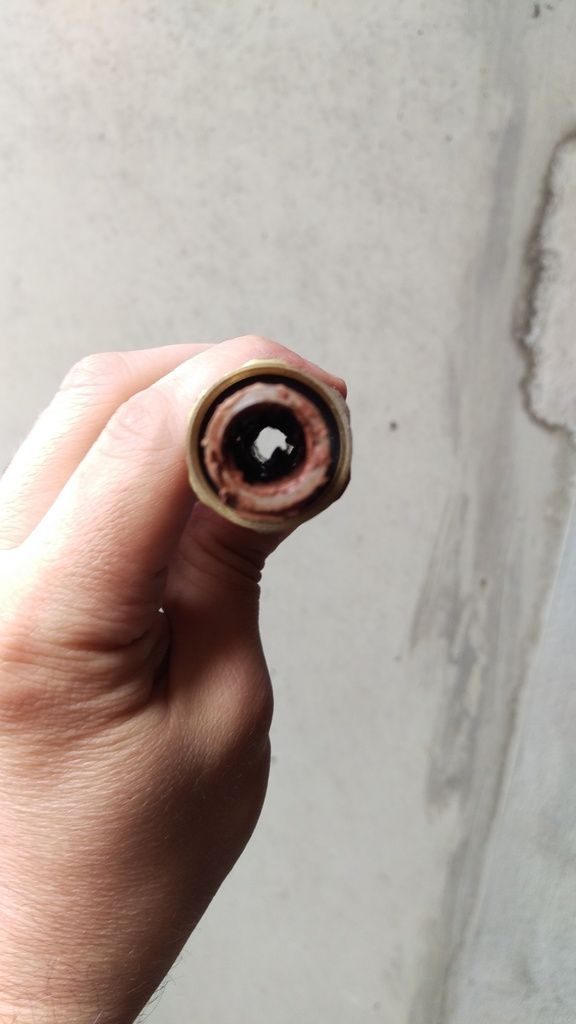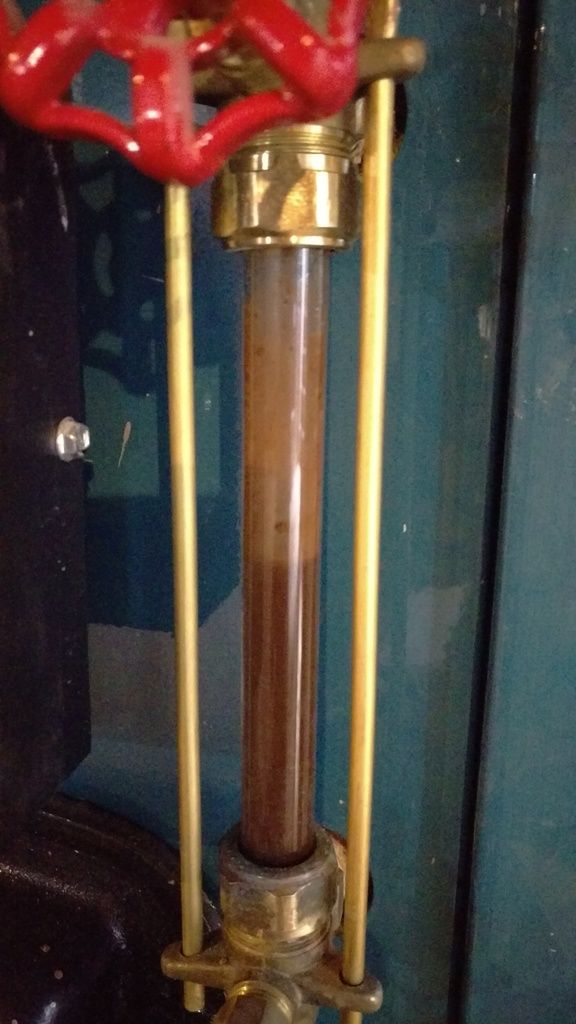To start
I have zero experience with steam boilers as we have always had gas forced air in our home.
Sister and brother in law have moved into a house with a fuel oil steam boiler. And we are visiting them for a few days.
I have been researching steam boilers all day.
It is a Burnham Megasteam oil boiler. It looks like a beast.
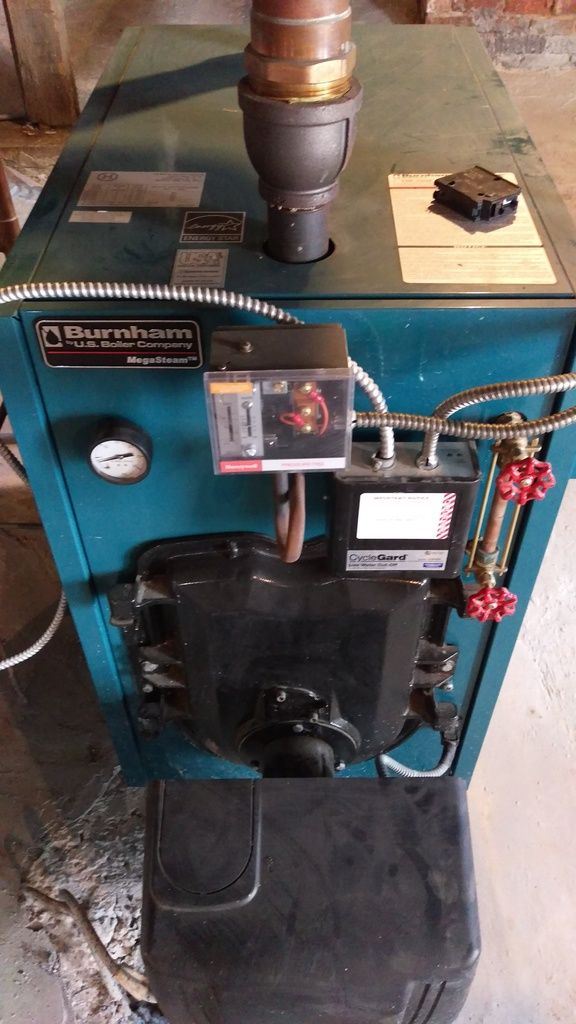
They had a couple radiators that were not getting hot. I played around with the steam vent and on off screw valves and got them working. Most in the house are adjustable Hoffman steam vents 1-6 setting.
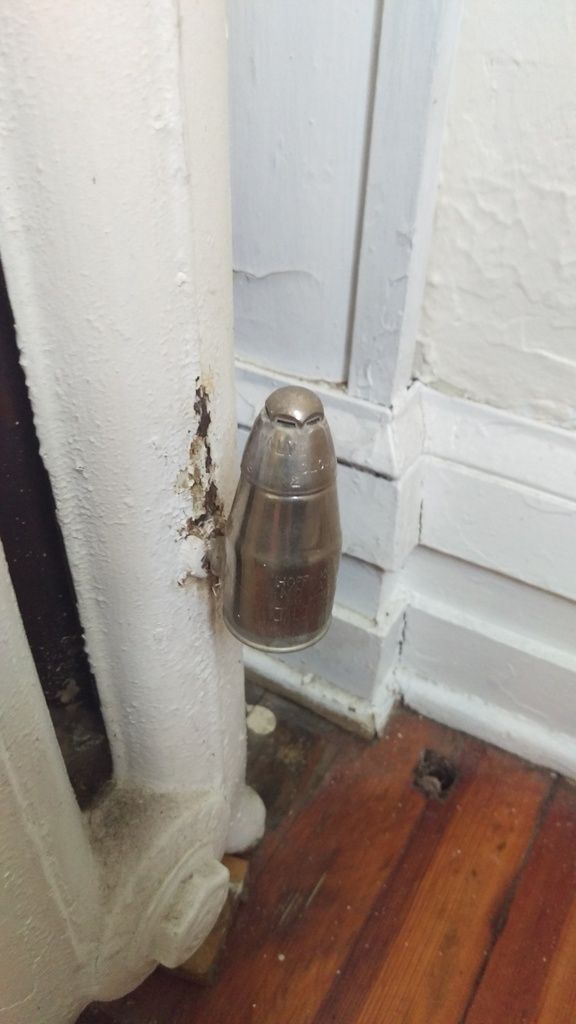
One of the vents was upside down and sounds like there is water in it, it there a way to make it work again? Put it in the oven for awhile and boil the water out?
It is a 2 story house, I have all of the vents on setting 1 on the first floor. On the second floor I set them all to 1 and have now increased the colder radiators to 2. Heat seems relatively consistent between rooms. Upstairs is probably 3-4 degrees cooler than downstairs. Maybe I need to up the 2ND floor vents to 3-4? Although it isn't terrible because mostly just sleeping upstairs and it doesn't need to be so warm.
Anyways my main question is about boiler blow down. And needed maintenance.
Here is the sight glass which I have read should be clear.
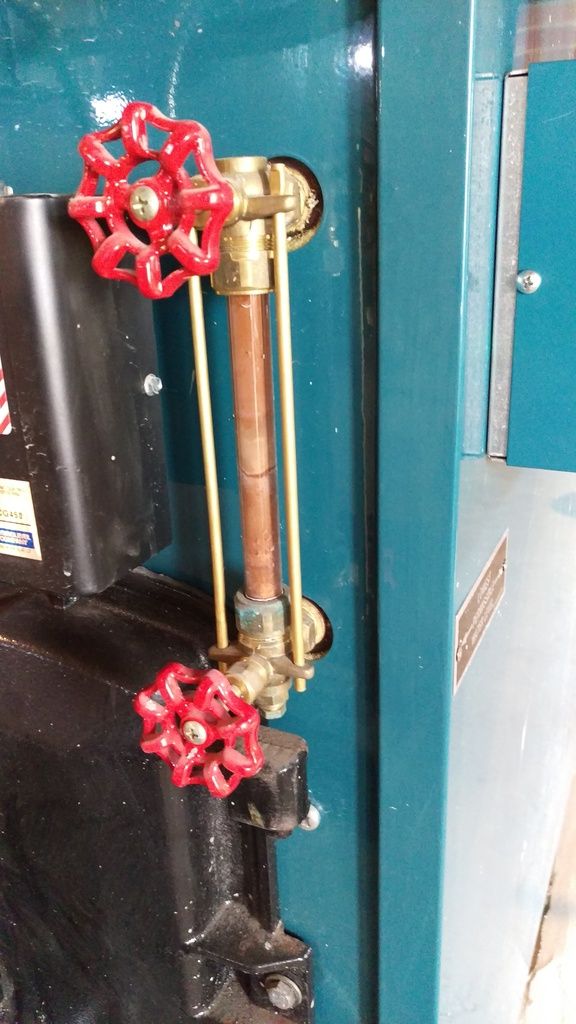
As you can see it is really dirty or maybe even full of mud.
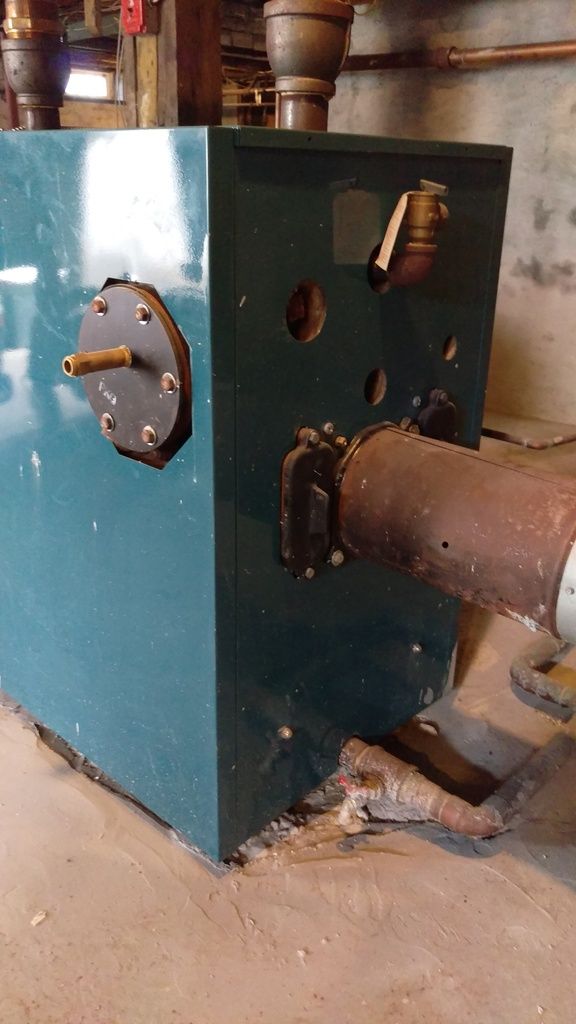
Backside
I think I need to open the drain at the bottom of this pic which will drain the boiler.
I have read conflicting info as to this being done with boiler off to simply drain or with boiler on to violently drain and loosen up more gunk.
Also I have read about adding a cleaning solution then operate the boiler without building pressure?

It was a programmable water feeder with a switch on top that says "feed". Not sure how to operate this or when.
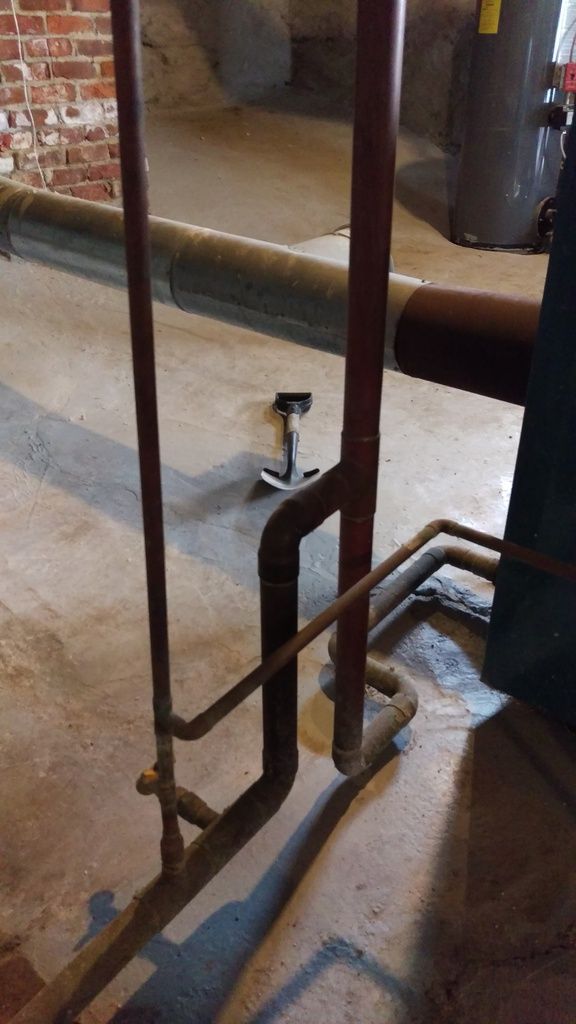
What should my procedure step by step to perform the blowdown?
Thx in advance!
I have zero experience with steam boilers as we have always had gas forced air in our home.
Sister and brother in law have moved into a house with a fuel oil steam boiler. And we are visiting them for a few days.
I have been researching steam boilers all day.
It is a Burnham Megasteam oil boiler. It looks like a beast.

They had a couple radiators that were not getting hot. I played around with the steam vent and on off screw valves and got them working. Most in the house are adjustable Hoffman steam vents 1-6 setting.

One of the vents was upside down and sounds like there is water in it, it there a way to make it work again? Put it in the oven for awhile and boil the water out?
It is a 2 story house, I have all of the vents on setting 1 on the first floor. On the second floor I set them all to 1 and have now increased the colder radiators to 2. Heat seems relatively consistent between rooms. Upstairs is probably 3-4 degrees cooler than downstairs. Maybe I need to up the 2ND floor vents to 3-4? Although it isn't terrible because mostly just sleeping upstairs and it doesn't need to be so warm.
Anyways my main question is about boiler blow down. And needed maintenance.
Here is the sight glass which I have read should be clear.

As you can see it is really dirty or maybe even full of mud.

Backside
I think I need to open the drain at the bottom of this pic which will drain the boiler.
I have read conflicting info as to this being done with boiler off to simply drain or with boiler on to violently drain and loosen up more gunk.
Also I have read about adding a cleaning solution then operate the boiler without building pressure?

It was a programmable water feeder with a switch on top that says "feed". Not sure how to operate this or when.

What should my procedure step by step to perform the blowdown?
Thx in advance!
Last edited:

